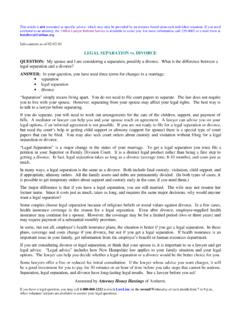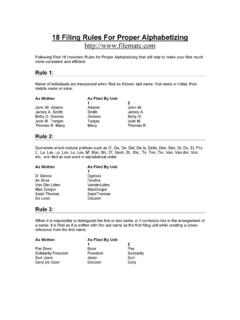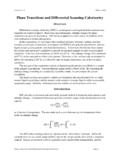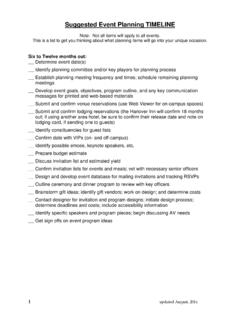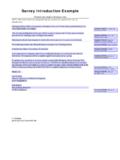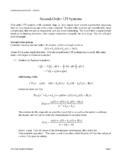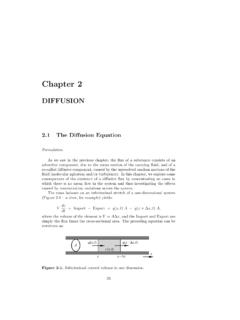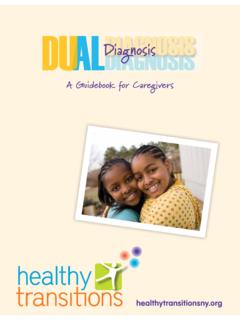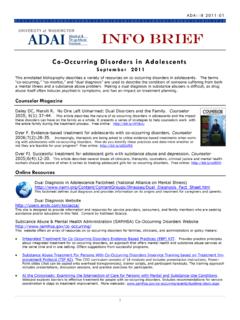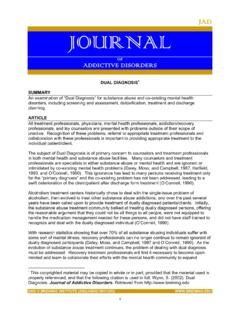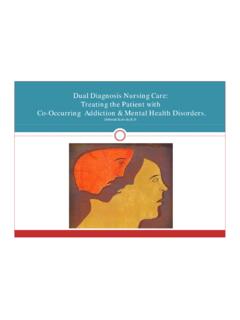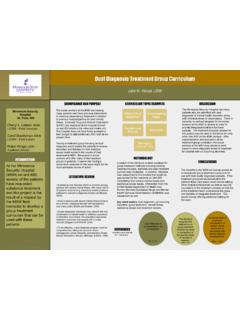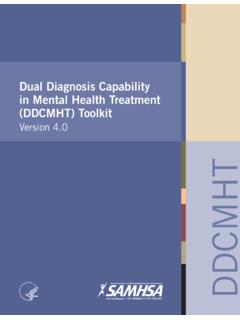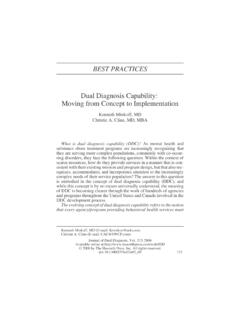Transcription of Understanding dual diagnosis: mental illness and substance use
1 Understanding dual diagnosis : mental illness and substance usehelping families & friends find better waysDual diagnosis is when a person is affected by both mental illness and substance use (also referred to as the use of alcohol and/or drugs). mental illness and substance use interact to make each diagnosis worse and to have serious, adverse effects on many areas of functioning (including work, relationships, health, and safety). Recovery from mental illness is much more challenging for people with a dual diagnosis , and the issues faced by families of people with dual diagnosis can be more complex and confusing than mental illness alone.
2 Why do people with mental illness use drugs and alcohol?Research has recently determined that people with mental illness use drugs and alcohol for the same reason as other people to feel better or different, relax, have fun and be part of a group. People use drugs generally for their perceived benefits. Other reasons for drug use include curiosity or experimentation, to relieve stress, cope with problems, or overcome boredom. The immediate effect of drugs and alcohol usually provides relief from the positive symptoms of mental illness such as paranoia or hearing voices, but withdrawal from the drug or alcohol will make these symptoms worse.
3 People with a dual diagnosis may readily associate the reduction of the symptoms with the drug use, but less readily associate the increase in severity of the symptoms with the of a dual diagnosisPeople with a dual diagnosis generally have difficulty following through with treatment and hence the course of the mental illness may be more severe and of a longer associated with dual diagnosis may be very hard for the family and society to tolerate. Dependence issues compounded with mental illness symptoms can result in overbearing behaviour, reduced concern for consequences of behaviour and reduced connections with society.
4 The following areas of life are often affected: physical or psychological health problems with relationships (family, friends) problems with stable accommodation, finances, employment or education problems associated with civil or criminal family can be faced with more issues about taking care of themselves, including avoiding violence and protecting assets, than with mental illness drugs and alcohol cause mental illness ?There is some evidence that drugs and alcohol can cause a substance -induced psychosis in susceptible individuals. This psychosis will subside once the drugs or alcohol are out of the system and minimal treatment is usually required.
5 People remain more susceptible to the development of a psychosis if they re-use that drug. For susceptible individuals, this psychosis may not subside, and after six months of symptoms, may be re-diagnosed as schizophrenia or schizoaffective and recovery issues related to dual diagnosisAssessment is needed over an extended period to accurately determine the diagnosis . The recovery process can be prolonged for someone with a dual diagnosis and relapse is more likely (Current research suggests six times more likely). Withdrawal effects need to be taken into account when a person is admitted to a psychiatric service.
6 The more information the clinical services have, the better. Where possible, the treating team should have specific dual diagnosis experience or should consult a dual diagnosis specialist. Monitoring risk of suicide and self-harm is extremely important, as risk is higher than for people with a single diagnosis . In harm reduction principles, relapse is an expected part of change and can contribute to learning. Issues for the family in relation to dual diagnosis Violence and intimidation are often a feature of behaviours of people with dual diagnosis and families need to consider how to manage this issue and the safety first principles.
7 Violence and intimidation are often associated with getting more money for drugs or alcohol. Families often benefit from developing strategies that support the person without supporting the drug or alcohol taking, for example, buying a hamburger rather than giving the money for a BY: Agitation is often a feature of the behaviour of someone with a dual diagnosis when they are in need of drugs. Families can benefit from recognising this pattern of escalation and developing strategies to withdraw from the interaction before it has escalated. The impact of the dual diagnosis will often result in families being called upon financially to support the person.
8 Rent, clothing, haircuts and transport all become less of a priority and families are put in the difficult position of making up this shortfall or having their family member suffer the consequences. This can be a difficult dilemma. One possible solution is to financially support the person in a way that does not support his/her drug use. Suicide and the threat of suicide, is often a feature of the behaviour of people with dual diagnosis . The family needs to have considered its response to this issue, how to recognise a real threat and seek treatment and support accordingly. Relapses can be discouraging for the person with the illness and the family.
9 Consider the concept that relapses are learning opportunities rather than failures and provide positive support. Understand the person s perception of his/her problems and needs, work with what they want to do about their behaviour, and respect his or her choices about lifestyle. Consider what behaviour is acceptable for you. Communicate this clearly. Stay true to your word. Families experiencing the impact of dual diagnosis are subject to large amounts of stress. Taking steps to reduce it will improve everyone s wellbeing. Seek support where necessary to learn these skills. Take care of can family and friends do to help?
10 In addition to the specific interventions previously mentioned, there are many things friends and family can do to remember that dual diagnosis is a medical condition that requires medical treatment. Just as you cannot stop a person s leg bleeding by talking to them, you cannot stop a dual diagnosis without medical intervention. Treatment is out as much about the condition as you can. Knowledge is power and gives you a much better chance of developing good coping patient. People experiencing dual diagnosis need to come to some insight regarding their illness . This is not always easy and takes what to expect of the mental health system and be prepared to be assertive in seeking appropriate in with community organisations that offer supports and services that complement clinical services.
